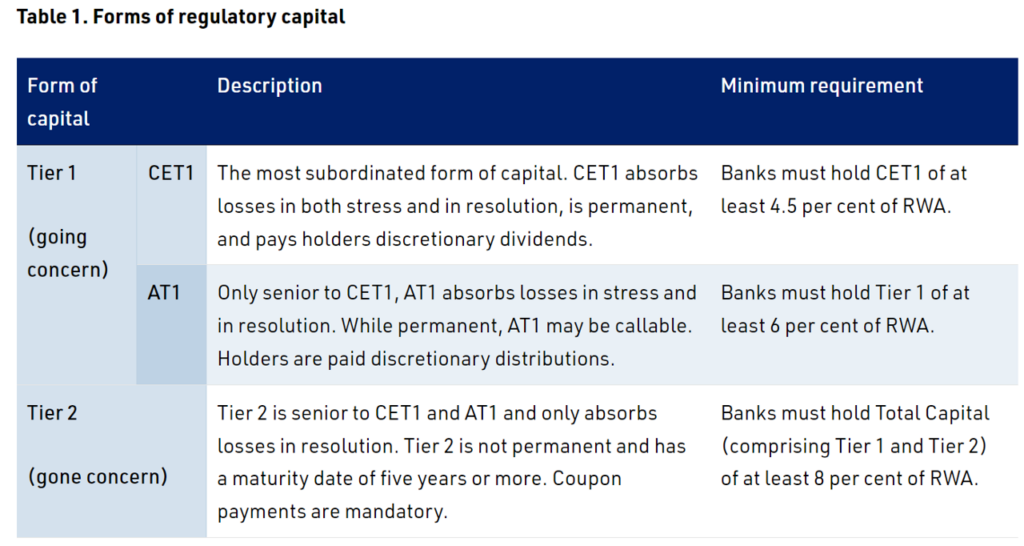COOLABAH CAPITAL - SEPTEMBER 2024
APRA proposes to phase-out bank hybrids by 2032

By Coolabah Capital CIO, Christopher Joye
Disclaimer:
This information has been prepared by Coolabah Capital Investments (Retail) Pty Limited, a wholly owned subsidiary of Coolabah Capital Investments Pty Ltd. It is general information only and is not intended to provide you with financial advice. You should not rely on any information herein in making any investment decisions. To the extent permitted by law, no liability is accepted for any loss or damage as a result of any reliance on this information. The Product Disclosure Statement (PDS) and Target Market Determination (TMD) for any Coolabah Funds should be considered before deciding whether to acquire or hold units in it. A PDS and TMD for these products can be obtained by visiting www.coolabahcapital.com. Neither Coolabah Capital Investments (Retail) Pty Limited, Equity Trustees Limited nor its respective shareholders, directors and associated businesses assume any liability to investors in connection with any investment in the funds, or guarantees the performance of any obligations to investors, the performance of the funds or any particular rate of return. The repayment of capital is not guaranteed. Investments in the funds are not deposits or liabilities of any of the above-mentioned parties, nor of any Authorised Deposit-taking Institution. The funds are subject to investment risks, which could include delays in repayment and/or loss of income and capital invested. Past performance is not an indicator of nor assures any future returns or risks. Coolabah Capital Investments (Retail) Pty Limited (ACN 153 555 867) is an authorised representative (#000414337) of Coolabah Capital Institutional Investments Pty Ltd (AFSL 482238).
Subscribe to our updates
Stay up to date with the latest news and insights from Pinnacle and our Affiliates.


